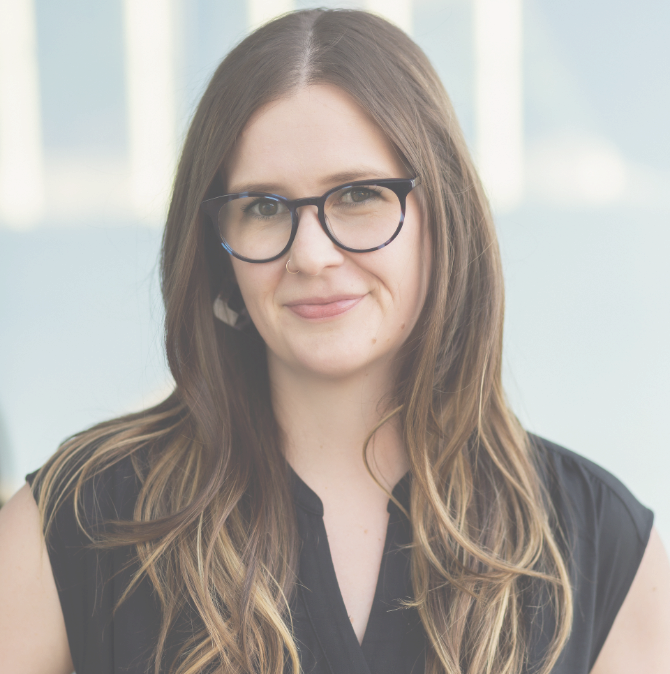about
Community Engagement Reporting
Our Class
The community engagement reporting class at ASU’s Walter Cronkite School of Journalism and Mass Communication brought together 10 students from several journalistic disciplines to learn new, creative ways of reporting. These reporting practices intend to build trust with the Phoenix community and redefine what journalism can do to solve problems and create meaningful community connections.
In the spring 2022 semester, the class learned from housing and research experts about the history of housing and current issues facing the community.
Traditionally, journalism classes have taught that the best journalists are objective, unbiased and neutral in their reporting. They prioritize expert sources, being the first to break a story, and a fast-paced news cycle. Community engagement reporting asks students to reconsider journalists’ role in the community and whether traditional reporting methods best serve the communities they cover.
In the class, students examine what parts of their lives and identities influence how they approach reporting and how they see the world. They learn ways to report that involve them in the community and the lives of the people they report on, rather than staying a neutral observer in their reporting.
Our Principles
The class and project are modeled around a few main principles: engagement journalism, solidarity journalism, solutions journalism and accessibility. These principles, combined with a unique community-focused approach to reporting, aim to increase transparency in the reporting process and give our audience more stake in what we report and how we report it.
Our Stories
The stories the class produced — including full-length articles, photo essays, vignettes, maps, podcasts and content created to be more accessible to the covered community — are the product of our listening sessions and additional interviews with community members.
Students collaborated with each other, participants in listening sessions and housing researchers to create pieces focused either on solidarity or finding solutions to housing issues.
When creating their stories, students made considerations traditional or faster-paced journalism usually wouldn’t. These included reviewing stories with sources before publication to make sure they were still comfortable with their stories being shared, prioritizing voices of community members over “expert” sources in positions of power, and ensuring stories were either solidarity- or solutions-based.
Contributors
This project was produced by students at Arizona State University’s Walter Cronkite School of Journalism and Mass Communication, with special thanks to the Arizona Community Foundation for the financial support.








